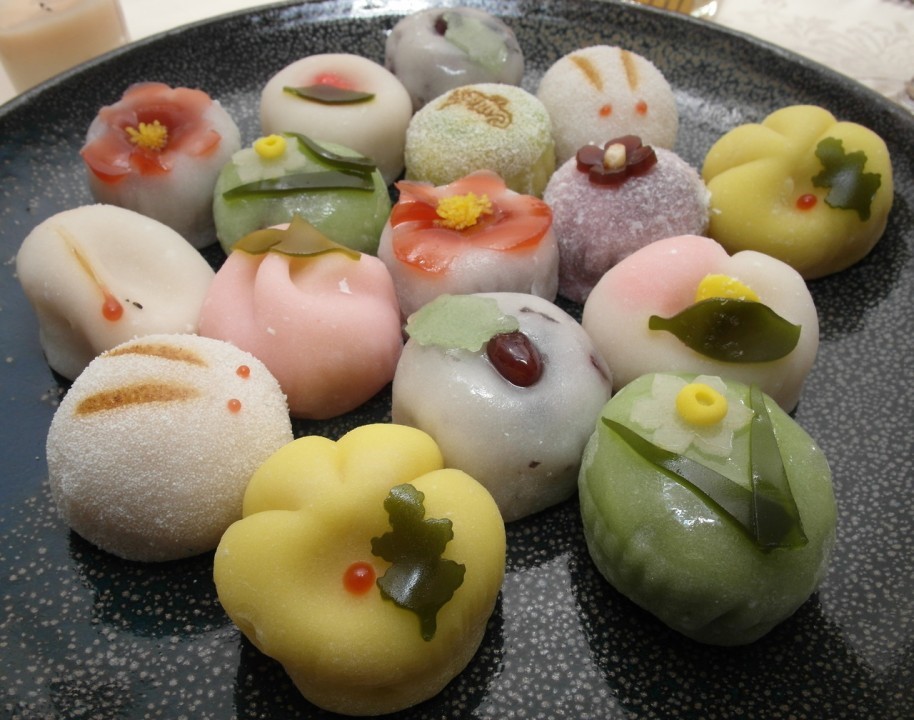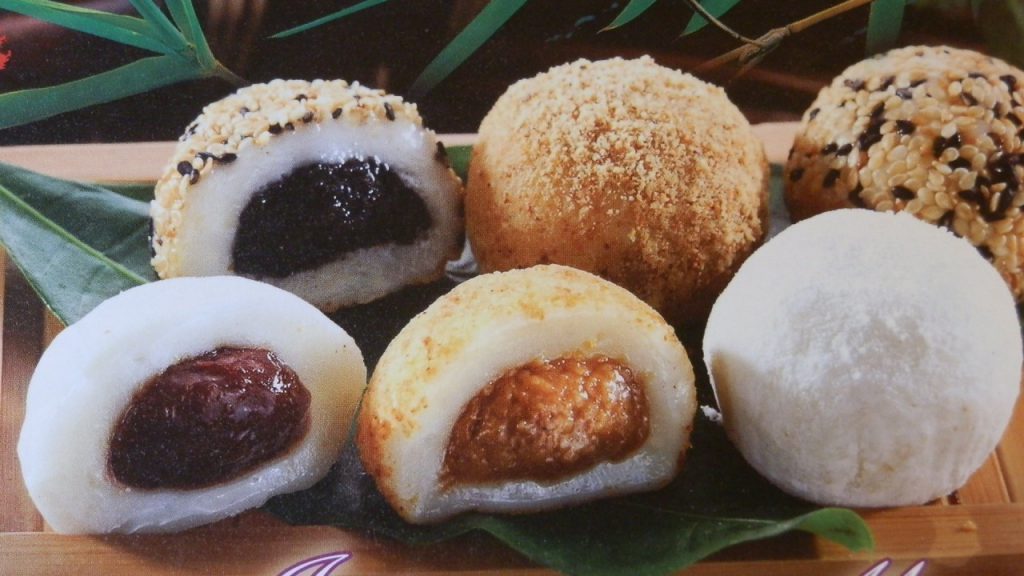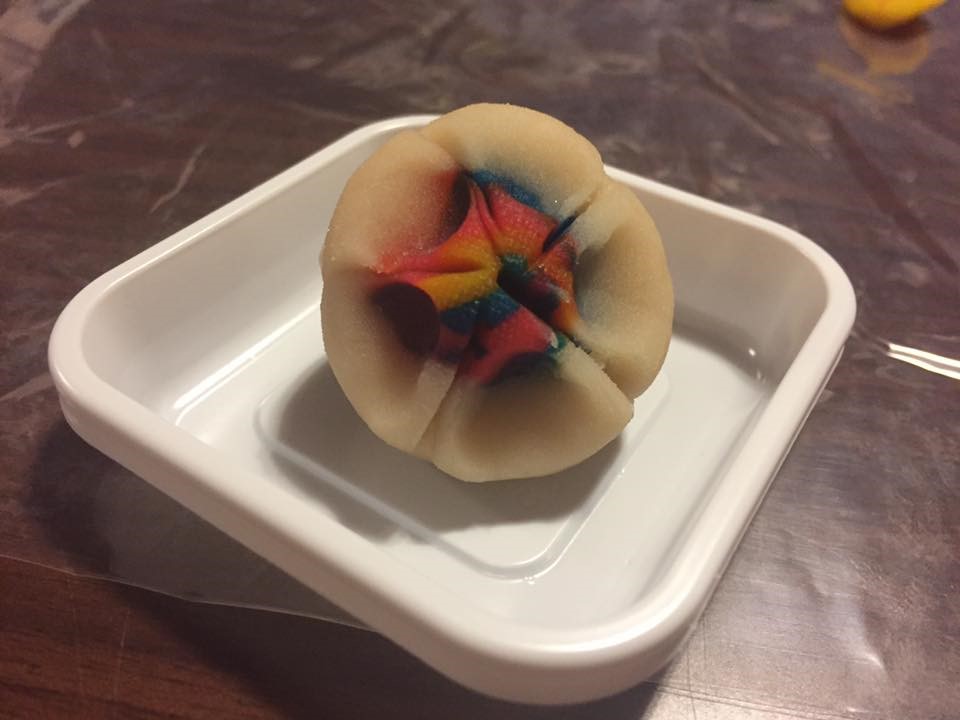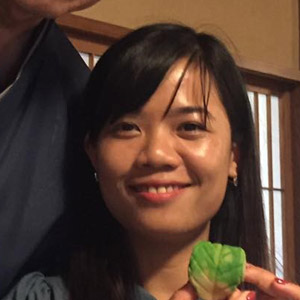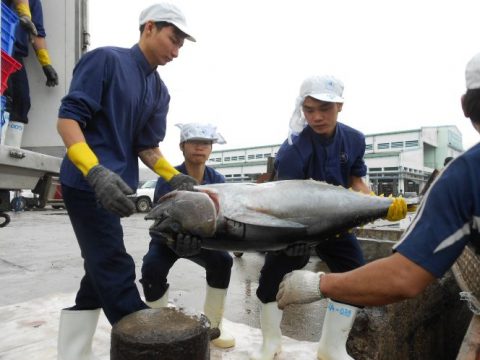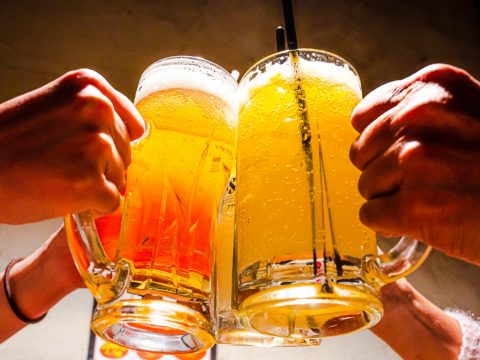Mochi-one of most special sweet
JAPANESE FOODS
11.10.2017
One of my most impressive thing from Japan is Mochi, a Japanese confection.
Mochi, is a Japanese rice cake that is made from steamed white rice or glutinous rice. It can also be made from steamed brown rice. Alone, mochi is a staple food in Japanese cuisine, but it also acts as an important ingredient in many Japanese foods such as desserts, soups (both savory and dessert types), and hot pot dishes. It can also be grilled, baked or fried.
There are various theories explaining the name mochi: one suggest that the name came from the very ‘motsu’, which meant ‘to hold or to have’, implying that the mochi was a food given by God. Another theory suggested that it was an abbreviation of the word ‘mochizuki’, which meant ‘full moon’.
Mochi is a Japanese rice cake made mainly with glutinous rice which has been cooked, pounded and shaped. Whilst it can be eaten all year round, mochi is traditionally consumed in the Japanese New Year and used in religious ceremonies. In such events, the ‘kagami mochi’ (mirror mochi), made of two round shaped mochi of different sizes, is used as an offering to the God as it represents the concepts of Ying and Yang.
Perhaps to truly understand what gives mochi its characteristic soft and sticky texture, one has to look into its structural make up. Whilst consisting of polysaccharides, lipids, protein and water, it mainly comprises of a heterogeneous structure of amylopectin (a type of polysaccharide) gel, starch grains and air bubbles. Glutinous rice has very low content to even no amounts of amylose, with the high amylopectin content responsible for the soft, sticky and chewy quality. While the chewiness is due to the polysaccharides, the viscosity and elasticity that contributes to this chewiness are affected by a myriad of factors, i.e. starch concentration, configuration of swollen starch granules, heading conditions and the formation of junction zones. The perfect mochi has a good balance between viscosity and elasticity, allowing the texture to be stretchy yet firm.
Fresh mochi is very pliable, soft, sticky, and chewy but should be eaten on the same day it was made or the next day at the latest.
The sticky dense mounds of rice are made from mochigome, a sweeter stickier type of rice, different from the steamed rice eaten every day. Mochi was originally made as offereings to kami(gods) at shrines. This offering was then cut into small pieces and given to people for good health and fortune. Later, the mochi came to be eaten on various festive occasions and during the Heian Era (794-1185), it became an integral part of the New Year.
During “Japanese Food industry tour”, we could learn about Japanese traditional food culture. Ota Soutatu sensei taught us about history, introduced many types of mochi and guided us how to made a good mochi. It was very surprised when I was victor in the challenge making cake (there were only 3 winners and 1 champion *.*).
